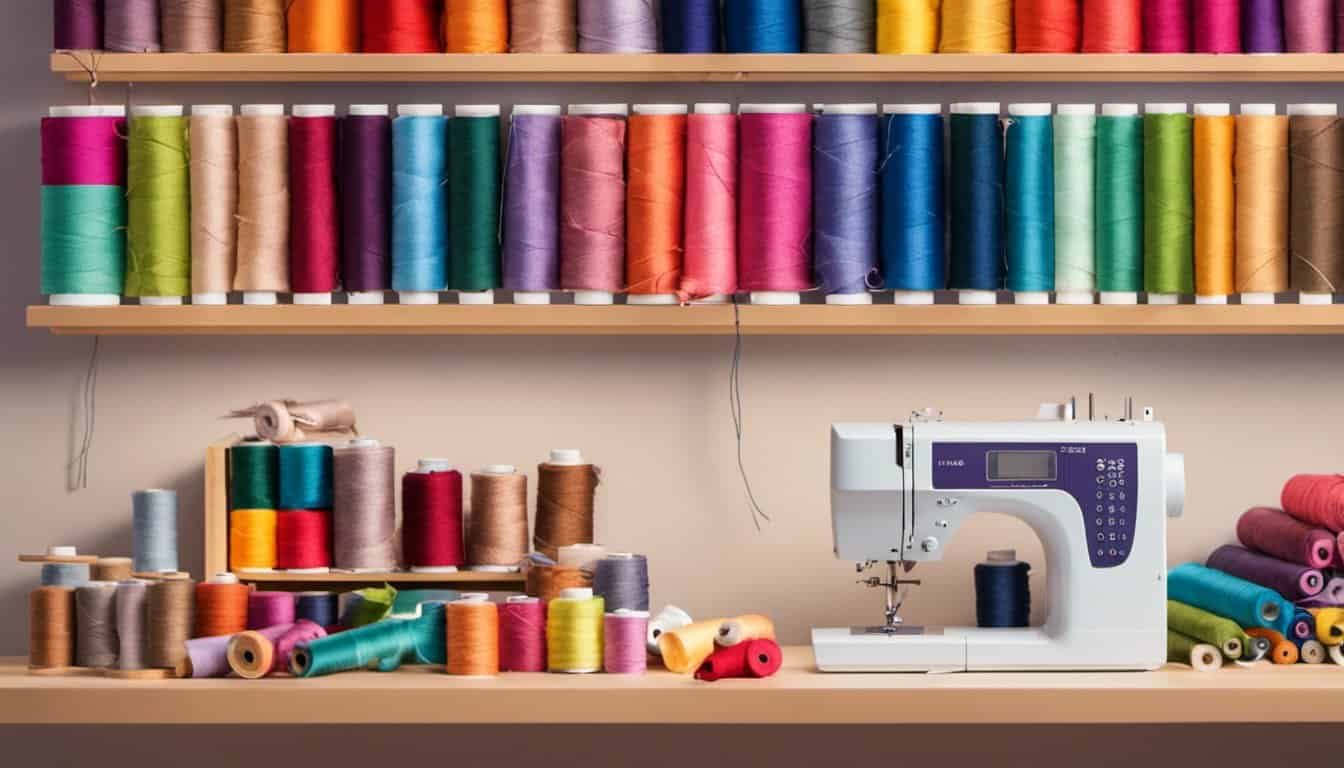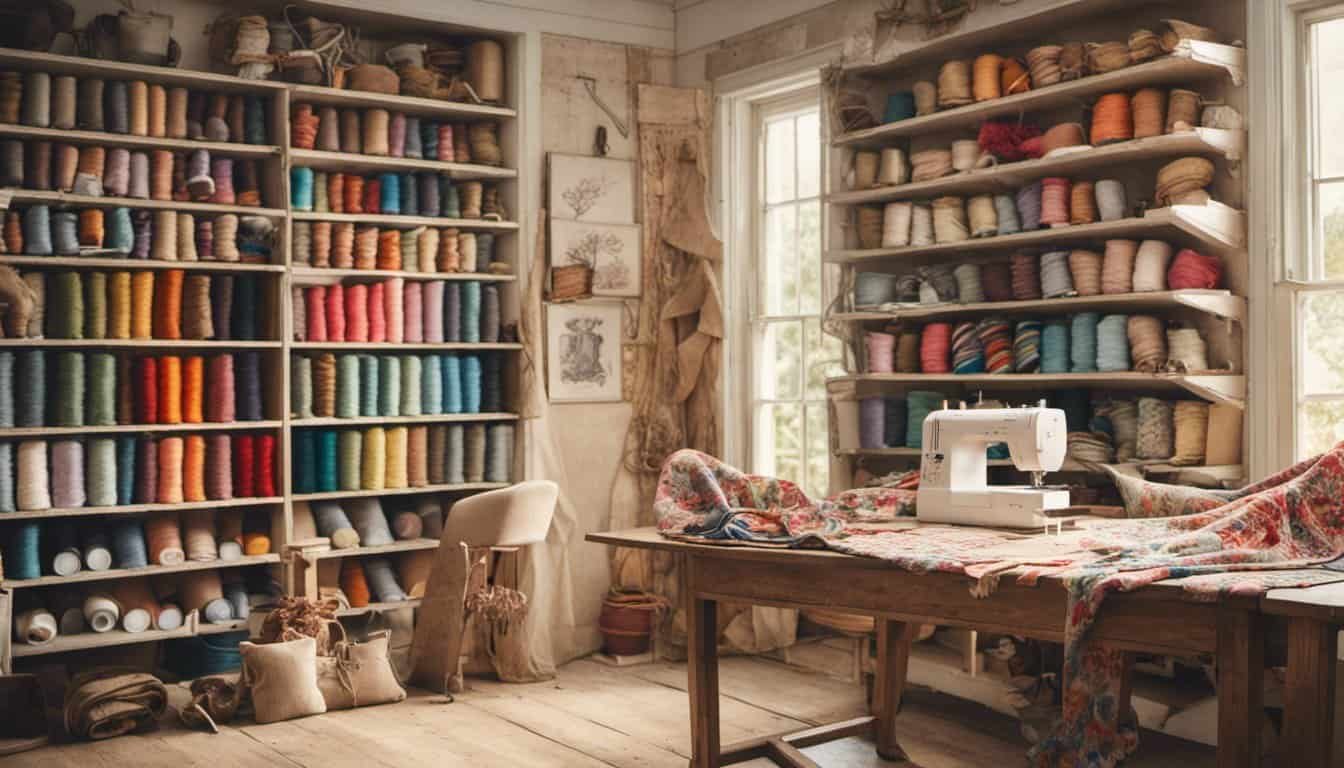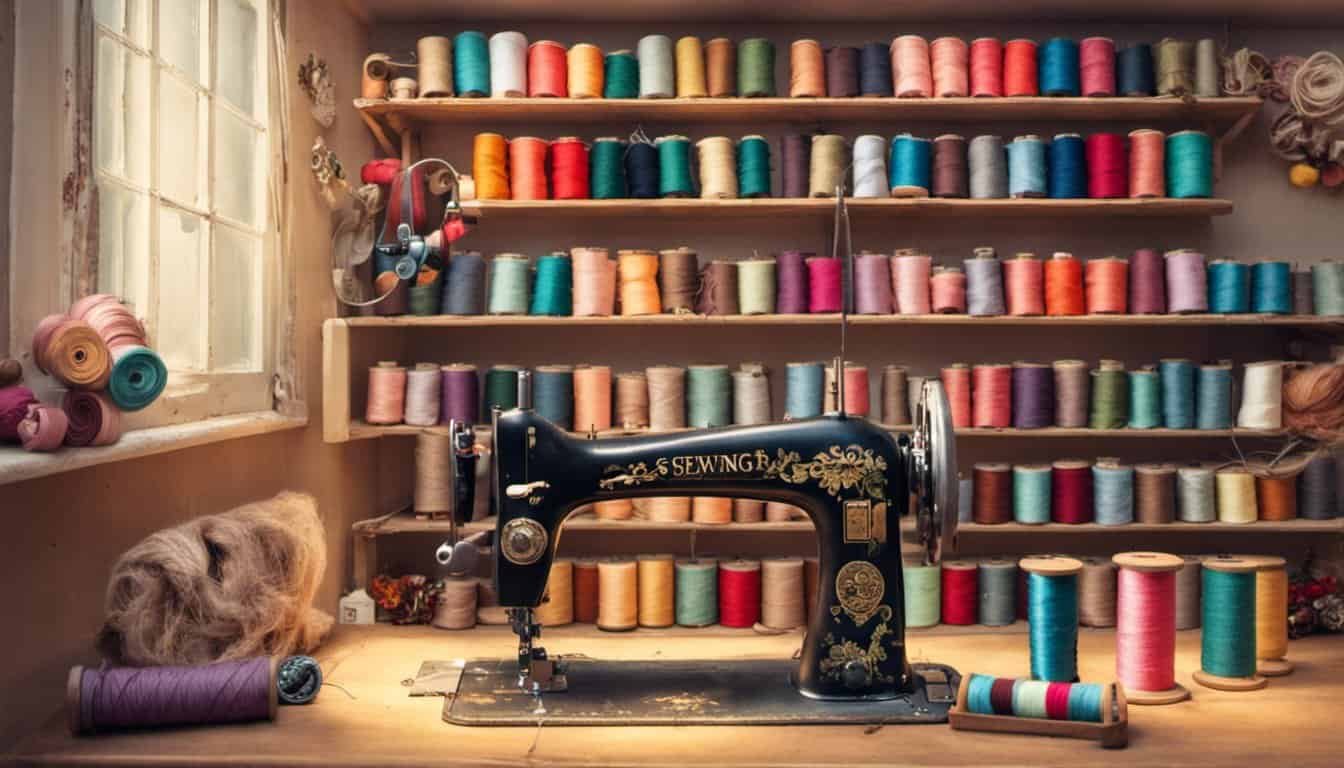There’s something so satisfying about creating something useful with your own two hands. A drawstring backpack is not only stylish and practical but also surprisingly simple to make, even if you’re just starting out with sewing. It’s the perfect project to unleash your creativity and add a personal touch to your everyday essentials.
Materials Needed To Sew A Drawstring Backpack
Choosing the right materials ensures a sturdy and functional drawstring backpack. Below is a list of essential items:
- Fabric: Select durable cotton, canvas, or nylon fabric. Use approximately 1 yard (36 inches) for a standard-sized backpack. Opt for two contrasting fabrics if you want a unique design.
- Lining Fabric (Optional): Add structure with 1 yard of lightweight lining fabric. Polyester works well for extra durability.
- Cord: Use 2 pieces of 3 yards (108 inches) each. Nylon, cotton, or paracord ensures strength and flexibility for the drawstrings.
- Thread: Match the thread color to your fabric. Polyester thread handles tension better than cotton.
- Pins or Clips: Keep the fabric in place during sewing. Quilting clips work especially well for thicker materials.
- Scissors or Rotary Cutter: Use sharp scissors or a rotary cutter for clean and precise cuts.
- Measuring Tools: A ruler and a fabric measuring tape help maintain accurate dimensions.
- Sewing Machine and Needles: A standard sewing machine works. Use a size 90/14 or 100/16 needle for heavier materials like canvas.
- Safety Pin or Bodkin: Thread the cord easily through the casing with one of these tools.
- Iron and Ironing Board: Press the fabric edges to create smooth seams and professional finishes.
With these materials, you can create a durable, stylish, and functional drawstring backpack.
Step-By-Step Guide To Sewing A Drawstring Backpack
Making a drawstring backpack is straightforward and fun. Follow these steps to turn your materials into a stylish and functional bag.
Preparing The Fabric
I recommend washing and ironing the fabric before starting. Pre-washing prevents shrinking later, and ironing ensures smooth edges for accurate cutting. Use durable fabric like canvas or twill for better longevity.
Cutting The Pieces
Cut two identical rectangles from your fabric, sizing them to your desired bag dimensions (e.g., 14 x 18 inches). Cut smaller rectangles (2 x 4 inches) if you plan to add tabs at the bottom for attaching drawstrings.
Sewing The Sides And Bottom
Place the two large rectangles with the right sides facing inward. Stitch the two longer sides and one shorter side with a quarter-inch seam allowance. Reinforce the corners with backstitching for added durability. If using tabs, fold and sew them before inserting them into the bottom corners during this step.
Creating The Drawstring Channels
Create a double-folded hem at the top of the bag to form the channels. Fold the fabric’s top edge down by half an inch, then fold again by one inch. Pin or clip the fold and sew along the lower edge, ensuring the channel is wide enough to accommodate the drawstring cord.
Attaching The Drawstrings
Cut two equal-length cords (about twice the perimeter of the bag’s top plus extra for knots). Thread one cord through both channels in a circular path, then repeat with the second cord starting at the opposite side. Knot the ends of each cord and attach them to the lower corners of the bag, securing them through the tabs or by stitching them to reinforced corners.
Tips For Customizing Your Drawstring Backpack
Customizing a drawstring backpack adds both personality and functionality. These tips provide ideas to elevate your finished project.
1. Select Unique Fabrics
Choose fabrics with patterns, textures, or special finishes for a distinctive look. Examples include canvas for durability, velvet for elegance, or patterned cotton for a casual style. Ensure the fabric suits the purpose of the backpack.
2. Add Embellishments
Incorporate embellishments like patches, embroidery, or appliqué. Embroider a monogram, sew on patches representing interests, or add iron-on appliqués for quick personalization.
3. Use Decorative Drawstrings
Opt for colorful cords, ribbon, or braided rope instead of plain drawstrings. Match the cord’s color to the fabric or pick something contrasting to make a bold statement.
4. Include Practical Features
Sew additional pockets or compartments inside and outside the bag. For example, use zippered pouches for secure storage or mesh pockets for water bottles.

5. Play With Stitching Details
Experiment with decorative stitching around the edges or drawstring channels. Use contrasting thread or fancy stitch settings on a sewing machine to enhance visual appeal.
6. Add Reinforcements
Enhance durability by using double stitching or interfacing on stress points like corners and drawstring channels. Reinforcements not only strengthen the bag but also provide a polished finish.
7. Attach Custom Labels
Sew a handmade label or tag inside the backpack. A small label with a name or meaningful saying adds a professional and personal touch.
8. Mix and Match Materials
Combine different fabrics for a patchwork look. Pair solid colors with prints or use faux leather bottom panels for added style and durability.
Applying even one of these ideas makes the drawstring backpack truly one-of-a-kind while ensuring functionality. These customizations help express creativity and meet individual needs.
Common Mistakes And How To Avoid Them
How to Sew a Tiered Skirt with Layers: Easy DIY Guide for Stunning Results »
Sewing a drawstring backpack can be straightforward, but common mistakes may affect the final result. Identifying and addressing these issues ensures a polished, functional bag.
Using Incorrect Fabric
Selecting fabric that’s too thin or weak may lead to an easily damaged backpack. I recommend choosing medium-weight cotton, canvas, or denim for durability. If a lightweight fabric is used, adding a lining can provide extra strength.
Uneven Measurements
Inconsistent cutting often causes mismatched seams or uneven edges. Double-check all measurements before cutting the fabric. Using tools like a clear ruler and fabric marking pens helps ensure precision.
Skipping Edge Finishing
Raw fabric edges left unfinished can fray over time, weakening the seams. Finishing edges with a zigzag stitch or a serger prevents fraying and adds longevity to the backpack.
Improper Drawstring Channel Placement
Incorrectly aligning the drawstring channels may make it difficult to thread the cord or close the bag smoothly. Mark the channel placement carefully and sew straight, even seams to ensure proper alignment.

Weak Seams
Weak or poorly reinforced seams can tear under the weight of the bag’s contents. Reinforce stress points, especially at the bottom corners and around the drawstring channels, with double stitching or a backstitch.
Misaligned Drawstrings
Uneven or improperly threaded drawstrings can ruin the bag’s functionality. Ensure both ends of the cord are threaded evenly through the channels, and securely knot them to avoid slipping out.
Avoiding these mistakes guarantees a reliable and well-crafted drawstring backpack that looks great and performs effectively.
Benefits Of Making Your Own Backpack
Creating a drawstring backpack offers several advantages beyond the satisfaction of a finished project. It combines functionality, creativity, and sustainability in a single endeavor.
- Customization
I can personalize every detail of my backpack, from fabric choices to embellishments. Unique patterns, bold colors, or practical additions like extra pockets make it suit my needs perfectly.

- Cost Efficiency
Making a backpack costs less than buying a branded equivalent. Using materials I already have, like leftover fabric or spare cords, reduces expenses even further.
- Skill Improvement
This project strengthens sewing skills. Practicing precision in cutting, stitching straight seams, and inserting drawstrings sharpens both basic and intermediate techniques.
- Eco-Friendliness
Sewing a backpack lets me reuse fabric scraps or old garments. This reduces waste and supports sustainable crafting practices.
- Durability Control
I can choose high-quality materials, ensuring the backpack withstands regular use. Reinforced seams and sturdy fabric make it more reliable than some store-bought options.
- Creative Fulfillment
Creating something by hand brings a sense of pride and accomplishment. It’s a chance to turn a functional item into a reflection of my personal style.

- Gift Potential
Handmade backpacks make thoughtful, customizable gifts. Adding names, embroidery, or patterns tailored to the recipient adds a special touch.
These benefits make sewing a drawstring backpack a rewarding choice for beginners and experienced crafters alike.
Conclusion
Sewing a drawstring backpack is such a fun and fulfilling project. Not only do you get to create something practical, but you also have the chance to make it uniquely yours. Whether you’re a beginner or an experienced crafter, this project offers plenty of room for creativity and personalization.
There’s something so satisfying about turning a simple piece of fabric into a functional accessory. Plus, knowing you made it yourself adds a special touch. So grab your materials, let your creativity flow, and enjoy the process of crafting a backpack that’s as stylish as it is useful!


















